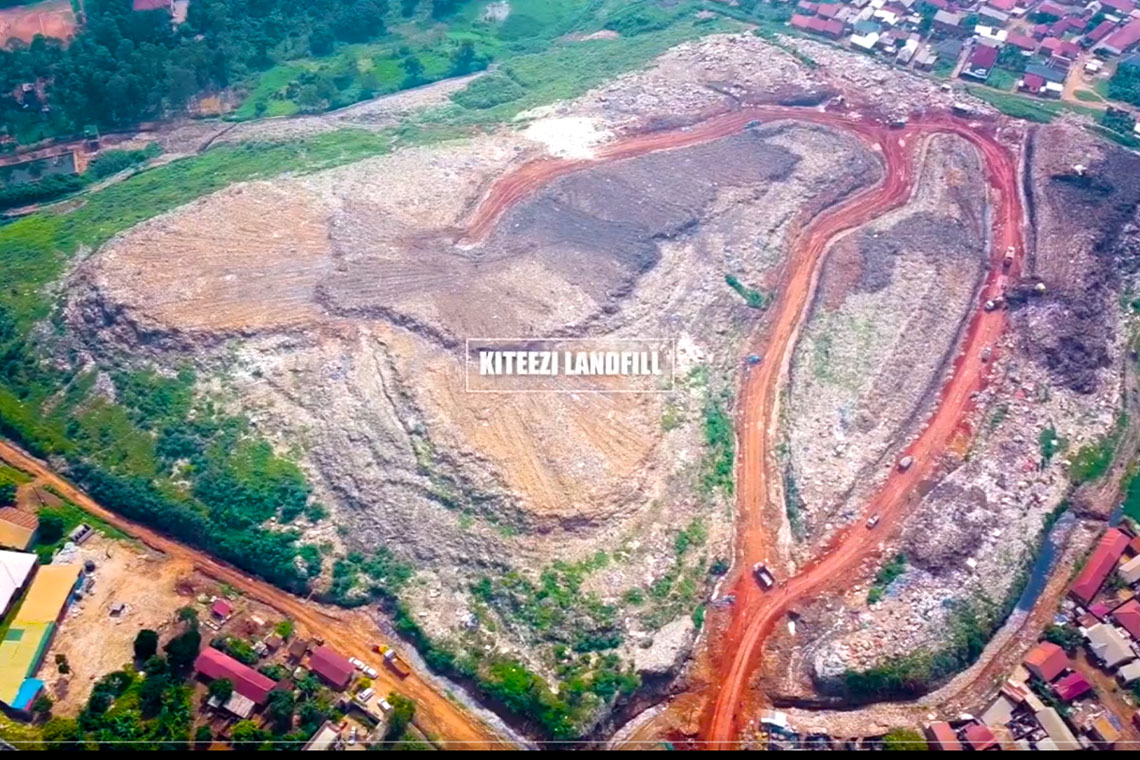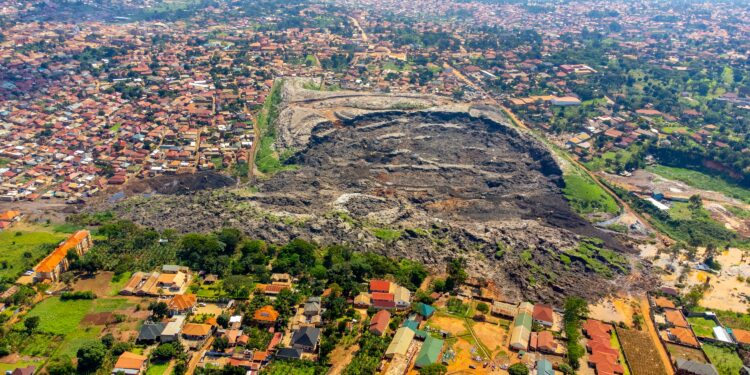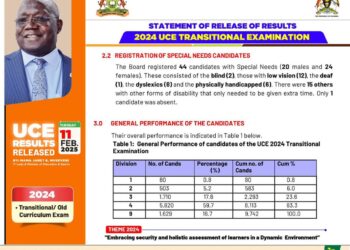In the wake of the Kiteezi landfill tragedy that took place on 10th August 2024, Kampala Capital City Authority (KCCA) has addressed concerns surrounding the incident, emphasizing that inadequate funding and challenges in decommissioning the landfill and population growth were significant factors beyond their control.
The KCCA also clarified that their teams were diligent in their efforts, countering claims of negligence or lapses in duty but some issues were beyond them.
In a detailed statement posted on its official X handle, the Authority vehemently refutes that it did not sleep at work but the powers beyond it did not give an ear to their cautions.
According to KCCA, the Kiteezi landfill operated beyond its capacity since it has been in operation for twenty-eight years as the primary waste disposal site for Kampala City, since 1996.
By 2013, the National Environmental Management Authority (NEMA), declined to renew the landfill’s operating license saying that it had reached its full capacity. However, the landfill use was continued since there was no alternative waste disposal. This was necessary otherwise there would be a citywide public health crisis arising from unmanaged waste accumulation in the city. As such, since 2013 to date, Kiteezi has been operating in crisis mode.
“Kampala City generates beyond 2,500 tons of garbage each day. There are over 170 trucks delivering garbage to Kiteezi each day from every home, school, trading space, and market. The waste generation per capita is estimated at half a kilogram per day per person. The landfill also serves three administrative areas, Kampala, Wakiso, and parts of Mukono. During the financial year 2023-2024, a total of approx. 400,000 tons of garbage was deposited at Kiteezi. The site capacity was extremely stretched,” reads the post.

KCCA also revealed that it commenced the Kiteezi landfill decommissioning journey in 2014 by working with the International Finance Corporation IFC, of the World Bank. who provided technical support for the Kampala Solid Waste Management project. As part of the implementation of this plan, KCCA acquired 135 acres of land in Ddundu Mukono to establish a new landfill and thereby decommission Kiteezi. However, the residents of Ddundu rose up in strong opposition to that plan and foiled the peaceful relocation to Ddundu.
“Again, Kiteezi continued in operation despite its adjudged inability to accommodate more garbage which stretched it further. But there was no alternative site and there was no budget provision for a new site. By 2020, the budget for decommissioning was indicated as UGX36 Billion which would include the cost of resettling the 600 waste pickers who derive their livelihood from garbage picking…”
KCCA went on and included this money in the budget framework paper however it was reflected as an unfunded priority in the budget appropriation. In the subsequent years thereafter, the request for solid waste management was listed as unfunded priorities, in FY 20/21, FY 21/22, and FY 24/25.
In January 2024, KCCA appeared before the Parliamentary Committee to brief the budget committee on the solid waste management planned works. The request included the purchase of additional land in the area of Kiteezi and compensation of project-affected persons.
“The lack of funding meant that KCCA could not move forward with the planned decommissioning of Kiteezi and neither could KCCA buy alternative land. Meanwhile, the garbage continued to pile up into a garbage mountain. Failure to decommission means compressing the garbage to decrease its looming piles. The funding provided each year caters for Kiteezi management, garbage transportation costs, city cleaners, and incidentals.” reads the part of the post.
KCCA also explained that the city of Kampala has seen significant population growth over the past decade, a factor that directly contributed to increased waste production. Therefore, this exponential growth placed unprecedented pressure on the Kiteezi Landfill. Yet it was originally designed to serve a much smaller population. In 1996, the Kampala City population was 1,013,000 people. In 2024 the day population has doubled to 2,503,174 (UBOS) people and yet the solid waste management budget remained stagnant.
“The geographical area of the landfill is 39 Acres. The buffer zone created around the periphery has over the years been encroached upon. Consequently, waste has been stacked vertically, a practice that introduced new risks of unstable slopes and excessive waste heights. KCCA technical team continuously monitored the landfill’s condition and implemented all feasible safety measures.”
The Authority also stated that the National Physical Planning Standards require a 500-meter buffer zone around landfills to mitigate risks to surrounding communities. Kasangati Town Council’s zoning laws prohibit encroachments but still, the buffer zone was encroached upon. These developments are in Kasangati Town Council and involve private landowners and developers.
Do you have a story in your community or an opinion to share with us: Email us at editorial@watchdoguganda.com













